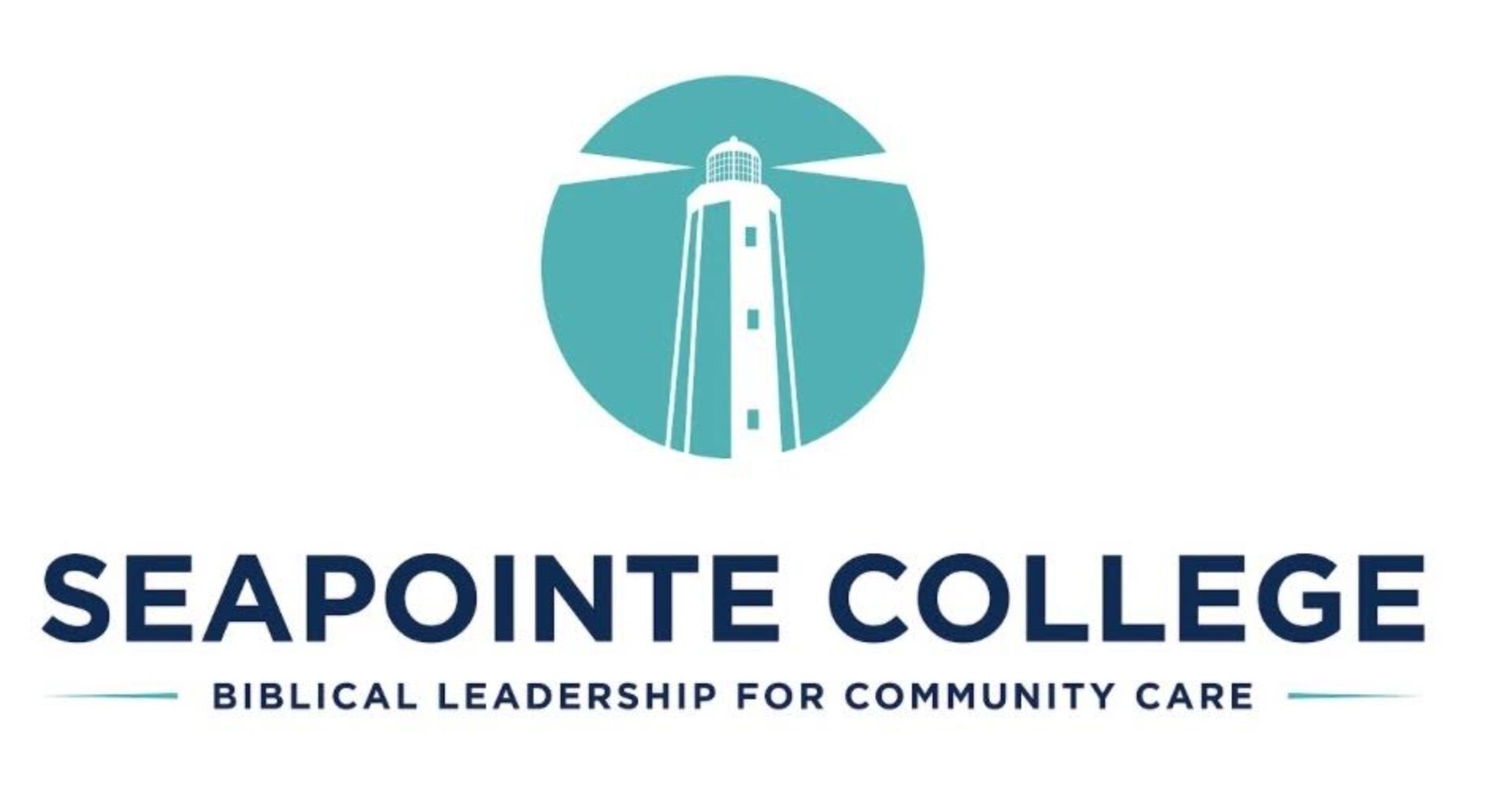Researchers have recently been able to slide a particle of water back and forth in what has been dubbed as an act of scientific levitation.
Science has caught up with the questioned mystics and magicians who laid claim to levitation phenomena. What was previously scoffed at in the science community is now being accepted as the science behind it is revealed.
Levitating small objects using sound waves has been explored for years. What was lacking was the understanding of how to control and influence the hovering matters. It has only been recently understood.
Acoustic levitation has been circulating science spheres for many years and today we are seeing several levitation methods. Essentials in the methods embrace using magnetism, light and electrostatic force.
These are exciting methods yet each prove limiting in their own way. Scientists have only discovered how to use light to manipulate extremely small sizes of matter (up to roughly 50 microns, which is equivalent to the size of a human liver cell). Magnetic levitation demands the material to be levitated have very specific properties.
What sound waves are offering researchers is the ability to levitate much larger objects with freedom in material choices.
The rudimentary sound waves setup commands an acoustic emitter and a reflector. The reflector is placed away from the emitter, allowing space for the conduit. When the sound is switched on, it bounds off the reflector and travels back towards the emitter.
Interference is caused by the emitted and the reflected waves. This then creates a standing wave. There are specific parts within this standing wave that do not move, these are called nodes. As the standing waves become aligned in parallel to gravity, other parts have a continuous downward pressure. Other parts develop a continuing upward pressure. The nodes are almost at zero point with miniscule amounts of pressure.
Daniele Foresti is an engineer at ETH Zurich, a Switzerland based university where he and his colleagues have dived head first into the sound wave levitation research.
“A sample can be pushed into this region of zero acoustic pressure and it will levitate due to net force on it,” says Foresti, “but how do we try to move this object? Can we think about a system or new concept to move around a standing wave, taking the sample with it?”
Foresti and his colleagues found that the answer to this problem was simpler than first perceived.
“The idea then is to move a sample from one acoustic levitator to another by slowly shifting the LPTs’ power,” Foresti told io9.
“If you slowly turn down the driving voltage of one LTP (which has the object) while slowly turning up the voltage of an adjacent LTP, you can horizontally move the sample and even pass it between levitators. If you can do this using two levitators, you can think about having a line of them and produce planar motion.”
Around 160 or 165 dB of acoustic power is required to levitate a small particle like a water droplet. This is the same sound level that a rocket launch carries. This means some scientists will create enhanced sound rooms to protect their senses. What Foresti and team did was use the maximum frequency for the human ear, 20k Hz.
The system’s validity was displayed in various experiments. Two water droplets were brought together in one test and combined them. They were then detached.
They also discovered the relevance with regards to DNA transference. Their “acoustophoretic method” can be used to initiate genetic material into cells. Their results from this experiment showed the transfection efficiency required 50 to 75 percent less reacting chemical.
The only real object size restriction present when manipulating with sound, is the restrictions in place from your equipment. Density is where the potential challenges lie. The higher the density of the object you wish to levitate, the more force is required for levitation and manipulation.
“We have simply a new tool that I believe can be used in many different fields, my hope is that people can use it to discover new things.”
To find a more comprehensive report, please see PNAS, the journal that the researchers’ used to detail their work.
Jessica Rosslee




